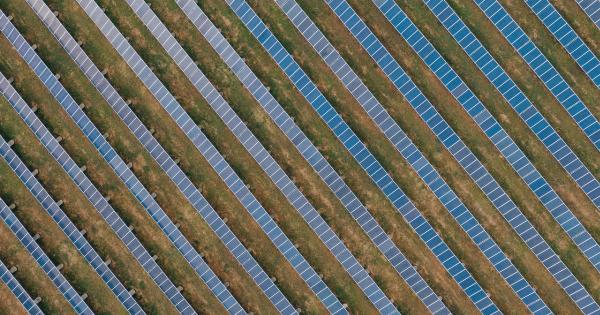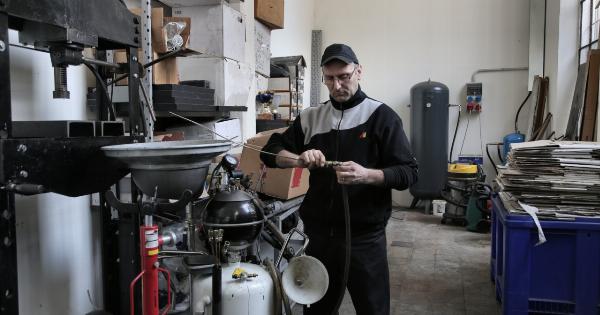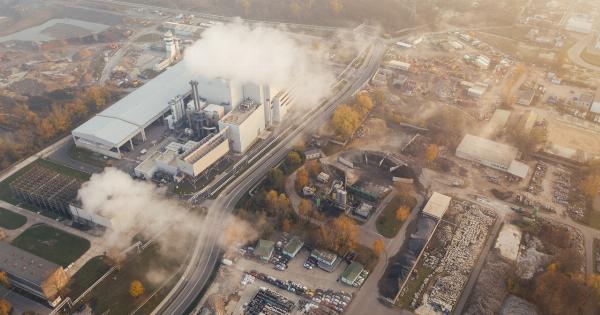Slugs are fascinating creatures that play a vital role in our ecosystem. While many people may associate them with garden pests, there are actually over 30,000 species of slugs worldwide, each with unique characteristics and behaviors.
Some slugs have evolved to become food specialists, relying on specific plants or materials for their survival. However, like any living organism, slugs can suffer from malnourishment, which can have detrimental effects on their health and overall well-being.
In this article, we will explore the signs of malnourishment in food-specialist slugs and discuss potential solutions to help them thrive.
What are Food-Specialist Slugs?
Food-specialist slugs, also known as species specialists, are slugs that have developed a specialized diet due to coevolution with specific host plants or unique ecological niches.
They have evolved to extract nutrients from a limited range of food sources, often developing specialized anatomical structures and behaviors that allow them to feed on their preferred plants or materials. Examples of food-specialist slugs include the amber snail (Succinea putris), which feeds specifically on decaying vegetation, and the leopard slug (Limax maximus), which primarily consumes mushrooms.
The Importance of Proper Nutrition for Food-Specialist Slugs
Like any living organism, slugs require proper nutrition to maintain optimal health and perform essential biological functions. Food-specialist slugs possess unique adaptations that enable them to derive nutrients from specific plants or materials.
These adaptations may include specialized mouthparts, digestive enzymes, or symbiotic relationships with microorganisms that aid in nutrient absorption. When a food-specialist slug becomes malnourished, it is unable to obtain the necessary nutrients for growth, reproduction, and overall survival.
Signs of Malnourishment in Food-Specialist Slugs
Recognizing the signs of malnourishment in food-specialist slugs is crucial for their conservation and well-being. Here are some common indicators that a slug may be experiencing malnourishment:.
1. Slow Growth and Small Size
Malnourished slugs may exhibit slow growth rates and remain smaller in size compared to healthy individuals of the same species. Lack of adequate nutrition can hinder their developmental processes, leading to stunted growth.
2. Dull Coloration
Food-specialist slugs usually display vibrant and distinctive color patterns, which can serve as a warning to predators or a means of attracting mates.
However, when suffering from malnourishment, their coloration may become dull or faded, indicating a lack of essential pigments or nutrients.
3. Reduced Fertility and Reproductive Issues
Inadequate nutrition can impair the reproductive capabilities of food-specialist slugs. Malnourished individuals may experience reduced fertility, decreased egg production, or even complete reproductive failure.
This can hinder population growth and have long-term implications for their survival.
4. Weakness and Lethargy
Malnourished slugs often exhibit signs of weakness and lethargy. They may move sluggishly, be unable to extend their tentacles fully, or show a lack of response to external stimuli.
These symptoms can be indicative of an underlying nutritional deficiency.
5. Increased Susceptibility to Disease and Predators
When slugs are malnourished, their immune systems can weaken, making them more susceptible to diseases and infections.
They may also become more vulnerable to predation, as their reduced energy levels and weakened defenses make it difficult to escape or fend off attacks.
6. Altered Behavior
Malnourished slugs may exhibit altered behavior patterns compared to their well-nourished counterparts. They may become less active, display abnormal feeding habits, or engage in exploratory behaviors in search of alternative food sources.
7. Physical Deformities
Serious malnourishment can lead to physical deformities in food-specialist slugs. These deformities can include abnormal shell growth, misshapen or undeveloped body parts, or irregularities in the slug’s overall body structure.
8. Decreased Lifespan
Malnourished slugs are more likely to have shorter lifespans compared to healthy individuals. Without adequate nutrition, their bodies are unable to maintain essential physiological processes, resulting in premature aging and decreased longevity.
9. Failed Interactions with Host Plants
Food-specialist slugs rely on specific host plants or materials for their survival. When malnourished, they may fail to interact effectively with their food source, showing a lack of interest or inability to establish the necessary feeding behaviors.
This can lead to further nutritional deficiencies and contribute to their overall decline.
10. Population Decline
A population of food-specialist slugs experiencing widespread malnourishment is at risk of decline or even extinction.
As more individuals suffer from inadequate nutrition, reproduction rates decrease, making it difficult for the population to rebound and survive in their specific ecological niche.
How to Address Malnourishment in Food-Specialist Slugs?
Several approaches can help address malnourishment in food-specialist slugs:.
1. Conservation of Their Habitat
Protecting and conserving the natural habitats of food-specialist slugs is essential for their survival. By preserving and restoring their ecosystems, we can ensure the availability of their preferred food sources, reducing the risk of malnourishment.
2. Implementation of Sustainable Agriculture Practices
Sustainable agriculture practices that minimize the use of harmful pesticides and herbicides can promote the presence of diverse plant species.
This benefits food-specialist slugs by providing a wider range of potential food sources, reducing the likelihood of malnutrition.
3. Education and Awareness
Increasing public awareness about the importance of conserving food-specialist slugs and their habitats can foster a sense of responsibility and encourage actions to protect these vulnerable creatures.
Educational programs, workshops, and informative campaigns can play a significant role in promoting conservation efforts.
4. Enhancing Biodiversity
Supporting biodiversity in ecosystems can help provide a variety of food sources for food-specialist slugs. Planting diverse native species and creating wildlife-friendly gardens can contribute to the overall health and well-being of these slugs.
5. Supplemental Feeding
In situations where food-specialist slugs are struggling to find adequate nutrition, supplemental feeding can be considered.
This involves offering compatible plant materials or specialized diets that mimic their natural food sources, providing the necessary nutrients they require.
Conclusion
Recognizing and addressing malnourishment in food-specialist slugs is vital for their conservation and long-term survival.
By understanding the signs of malnourishment and implementing appropriate conservation strategies, we can help protect these fascinating creatures and ensure their continued existence in our ecosystems.































